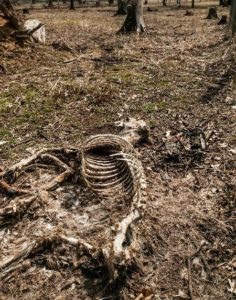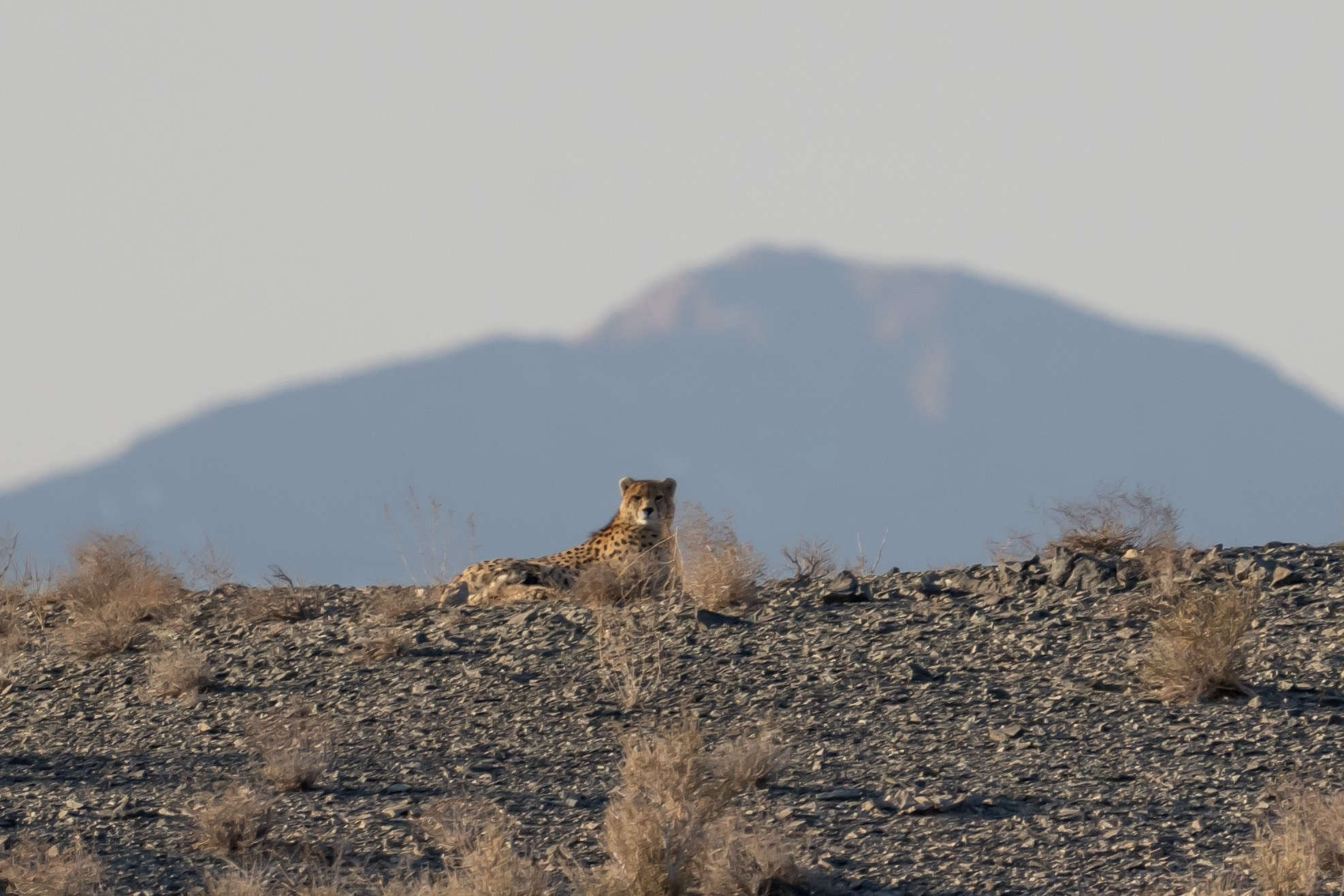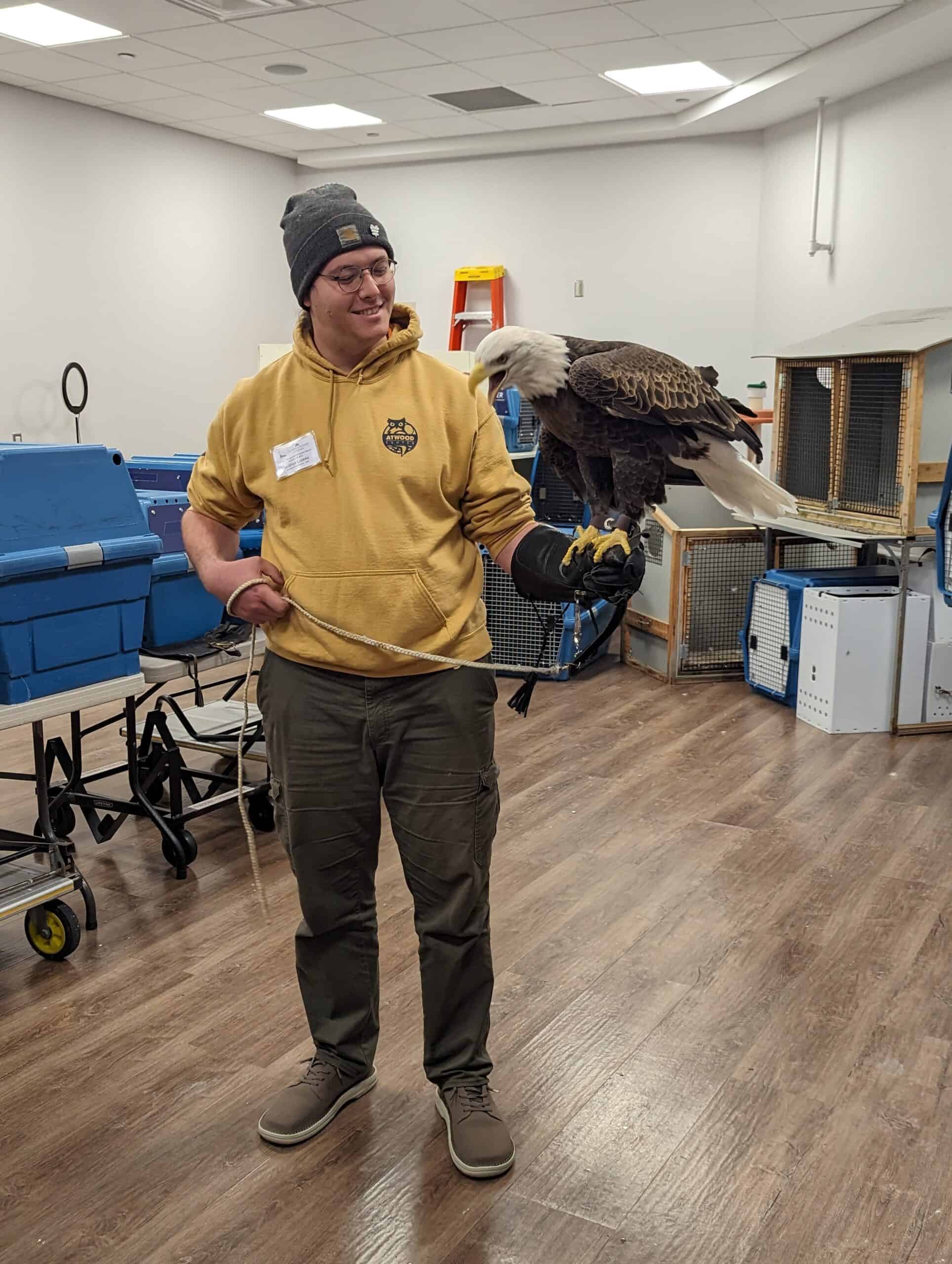Share this article
Compound in soil fights chronic wasting disease
A compound in soil could play an important role in combating chronic wasting disease by degrading the prions that cause the lethal disease in cervids, researchers found.
CWD has infected and killed deer, elk, moose and caribou throughout North America and has even been detected in South Korea and northern Europe. But researchers have had no luck finding a cure and continue to manage for the disease by attempting to stop its spread. Efforts to combat the disease have been further challenged by the ability of the prions to bind to soil and remain in the environment for years.

CWD prions that infect deer can be released into the environment. Researchers recently looked at how the prions interact with soil. ©Judd Aiken
But scientists may be one step closer to understanding how soil plays a role in fighting the disease. In a recent study published in , researchers found that high levels of major compounds in soil organic matter — humic acids — degrade CWD prions. When prions in soil were exposed to high concentrations of humic acids, researchers found lower levels of them. They also noted lower levels of infectivity in mice that were exposed to soil with higher levels of humic acids.
CWD prions can be spread between cervids as well as through the environment including decaying carcasses, infected urine, feces and saliva. Knowing about how different soil compounds can bind and degrade prions is important to understanding the disease, the researchers say.
“CWD is a significant emerging and fatal disease of deer, elk and moose,” University of Alberta professor Judd Aiken, the study’s lead author, said in a press release. “Given it is shed from infected animals into the environment where it can serve as a source of infection, it is essential that we understand the impact of soil and soil components on this unusual infectious agent.”
Header Image: Chronic wasting disease has affected deer and other cervids across North America. ©Dennis Jarvis








